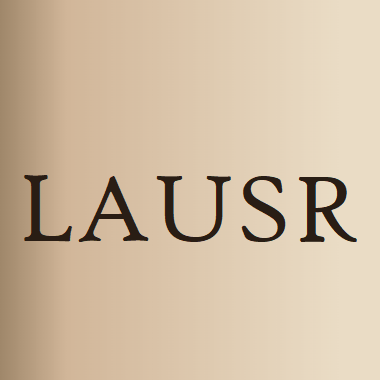
Pleckstrin homology domain and leucine rich repeat protein phosphatase (PHLPP) knockout mice have improved outcomes after a stroke, traumatic brain injury (TBI), and decreased maladaptive vascular remodeling following vascular injury.… Click to show full abstract
Pleckstrin homology domain and leucine rich repeat protein phosphatase (PHLPP) knockout mice have improved outcomes after a stroke, traumatic brain injury (TBI), and decreased maladaptive vascular remodeling following vascular injury. Thus, small-molecule PHLPP inhibitors have the potential to improve neurological outcomes in a variety of conditions. There is a paucity of data on the efficacy of the known experimental PHLPP inhibitors, and not all may be suited for targeting acute brain injury. Here, we assessed several PHLPP inhibitors not previously explored for neuroprotection (NSC13378, NSC25247, and NSC74429) that had favorable predicted chemistries for targeting the central nervous system (CNS). Neuronal culture studies in staurosporine (apoptosis), glutamate (excitotoxicity), and hydrogen peroxide (necrosis/oxidative stress) revealed that NSC74429 at micromolar concentrations was the most neuroprotective. Subsequent testing in a rat model of asphyxial cardiac arrest, and in a mouse model of severe TBI, showed that serial dosing of 1 mg/kg of NSC74429 over 3 days improved hippocampal survival in both models. Taken together, NSC74429 is neuroprotective across multiple insult mechanisms. Future pharmacokinetic and pharmacodynamic (PK/PD) studies are warranted to optimize dosing, and mechanistic studies are needed to determine the percentage of neuroprotection mediated by PHLPP1/2 inhibition, or potentially from the modulation of PHLPP-independent targets.
Journal Title: Biomolecules
Year Published: 2022
Link to full text (if available)
Share on Social Media: Sign Up to like & get
recommendations!